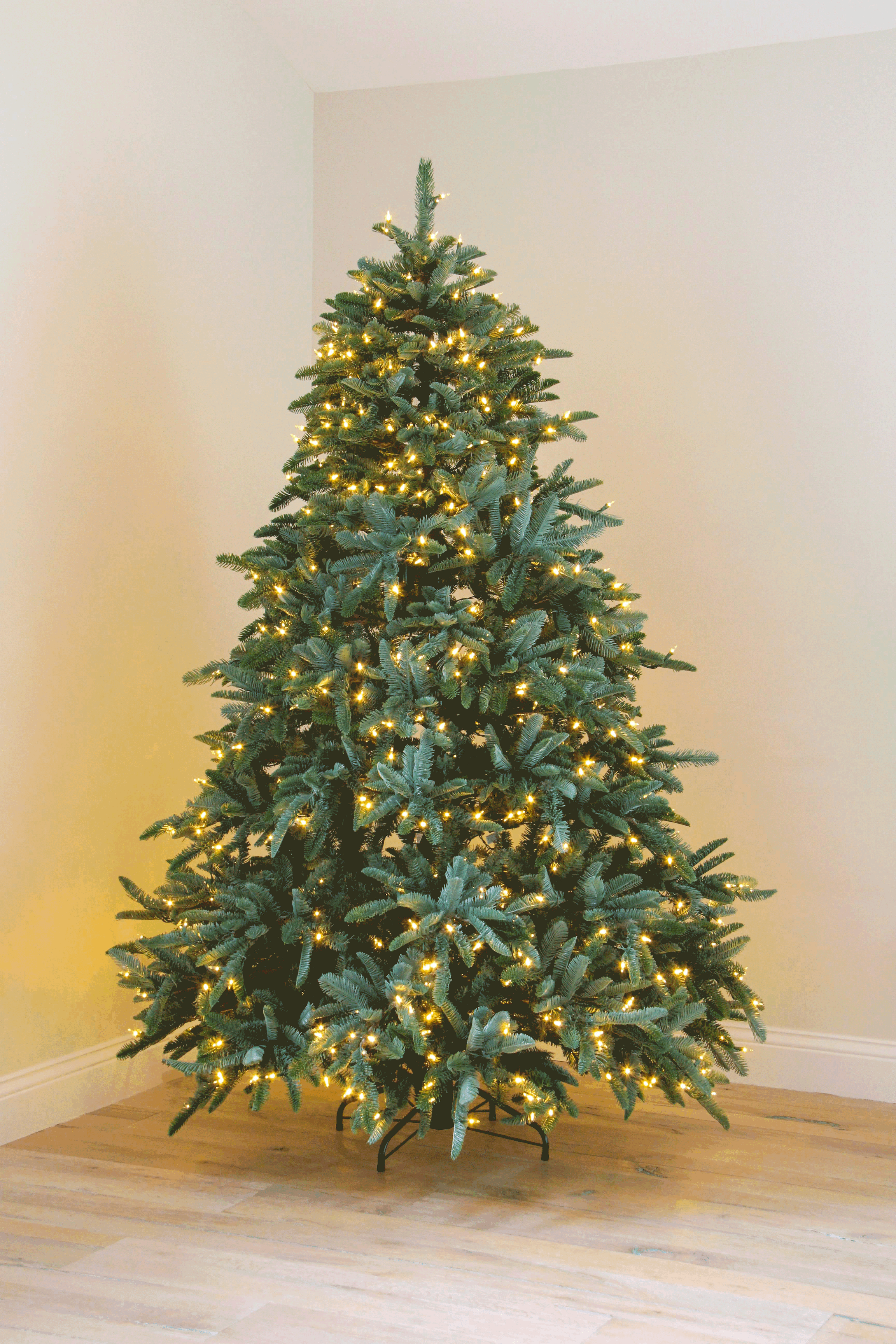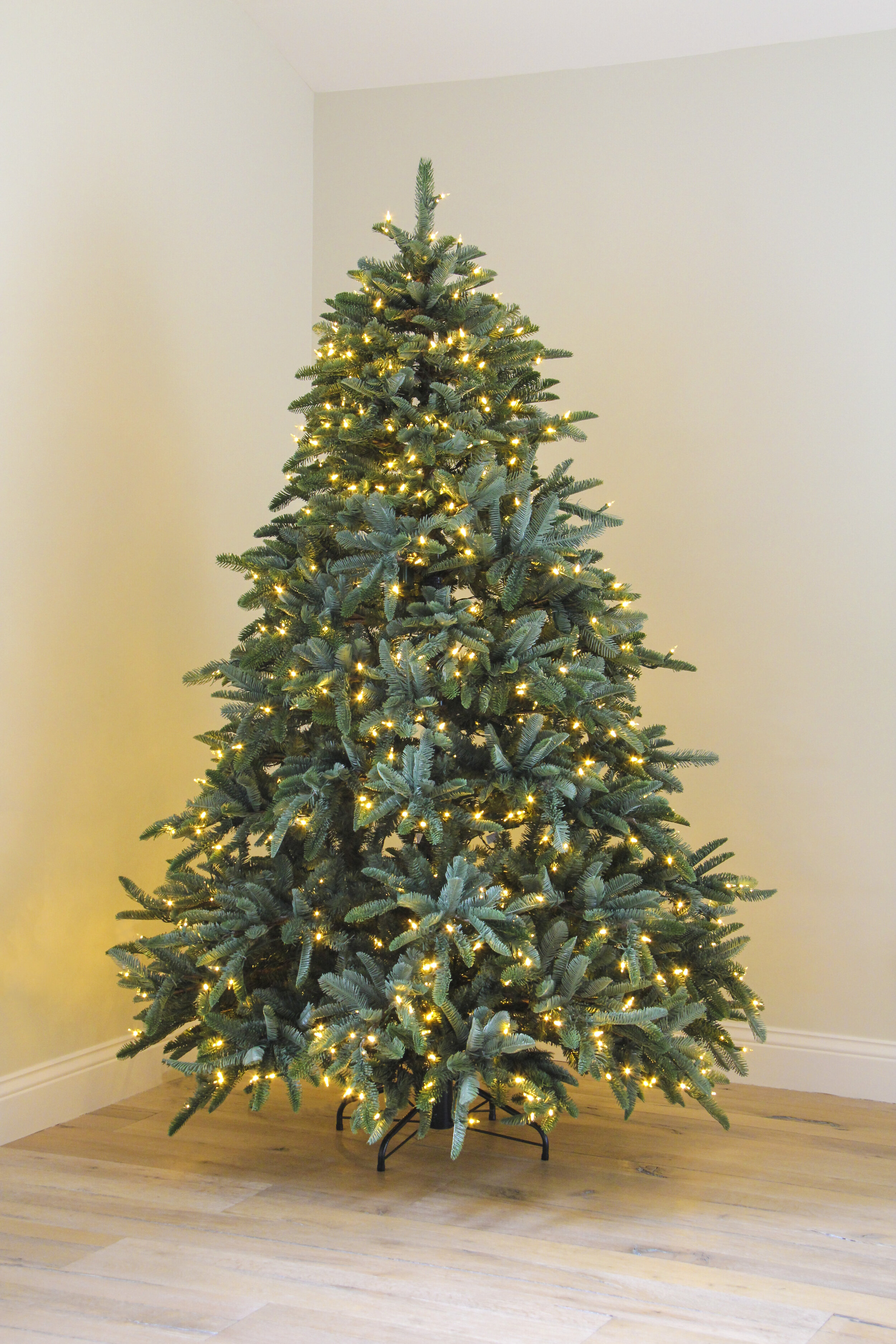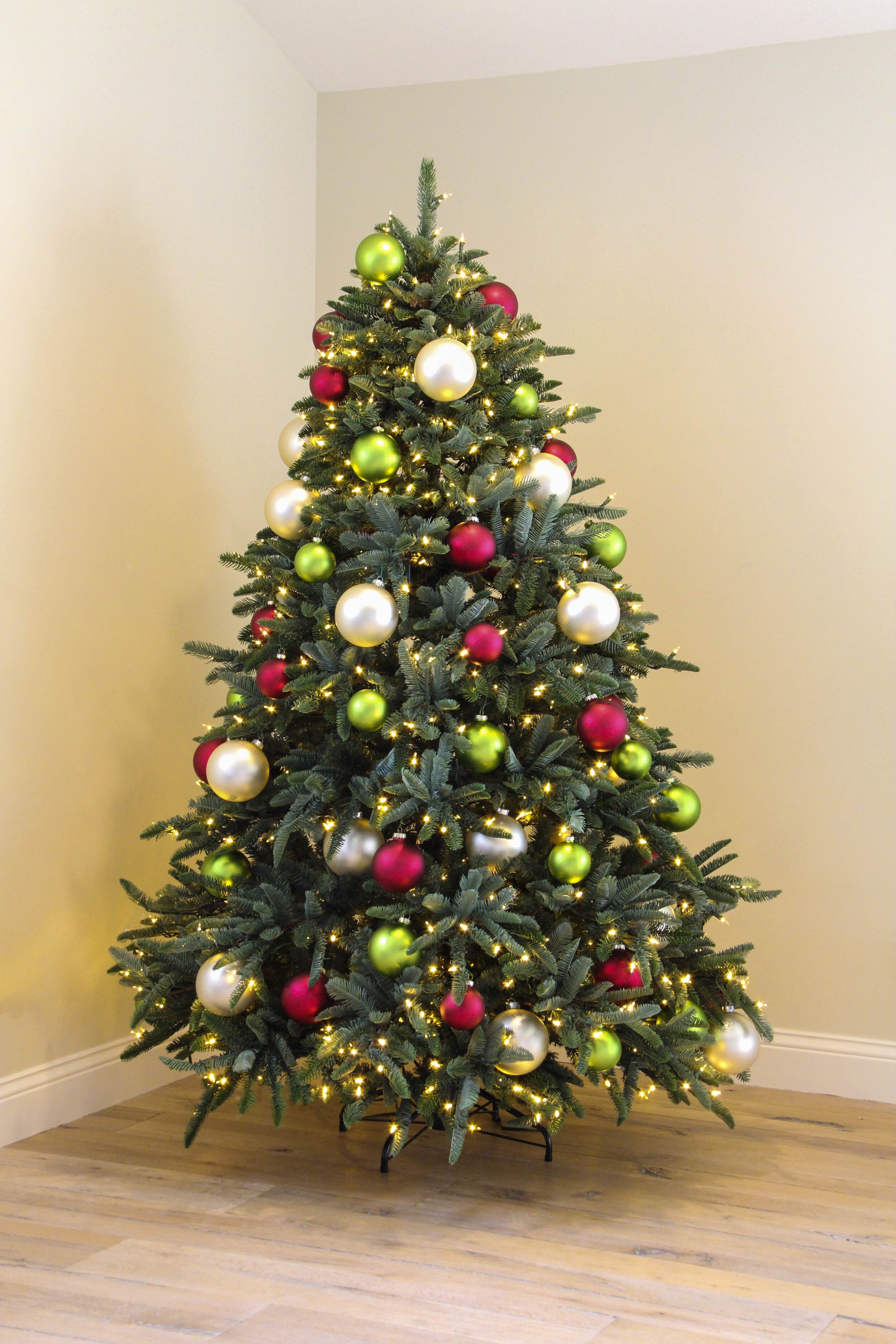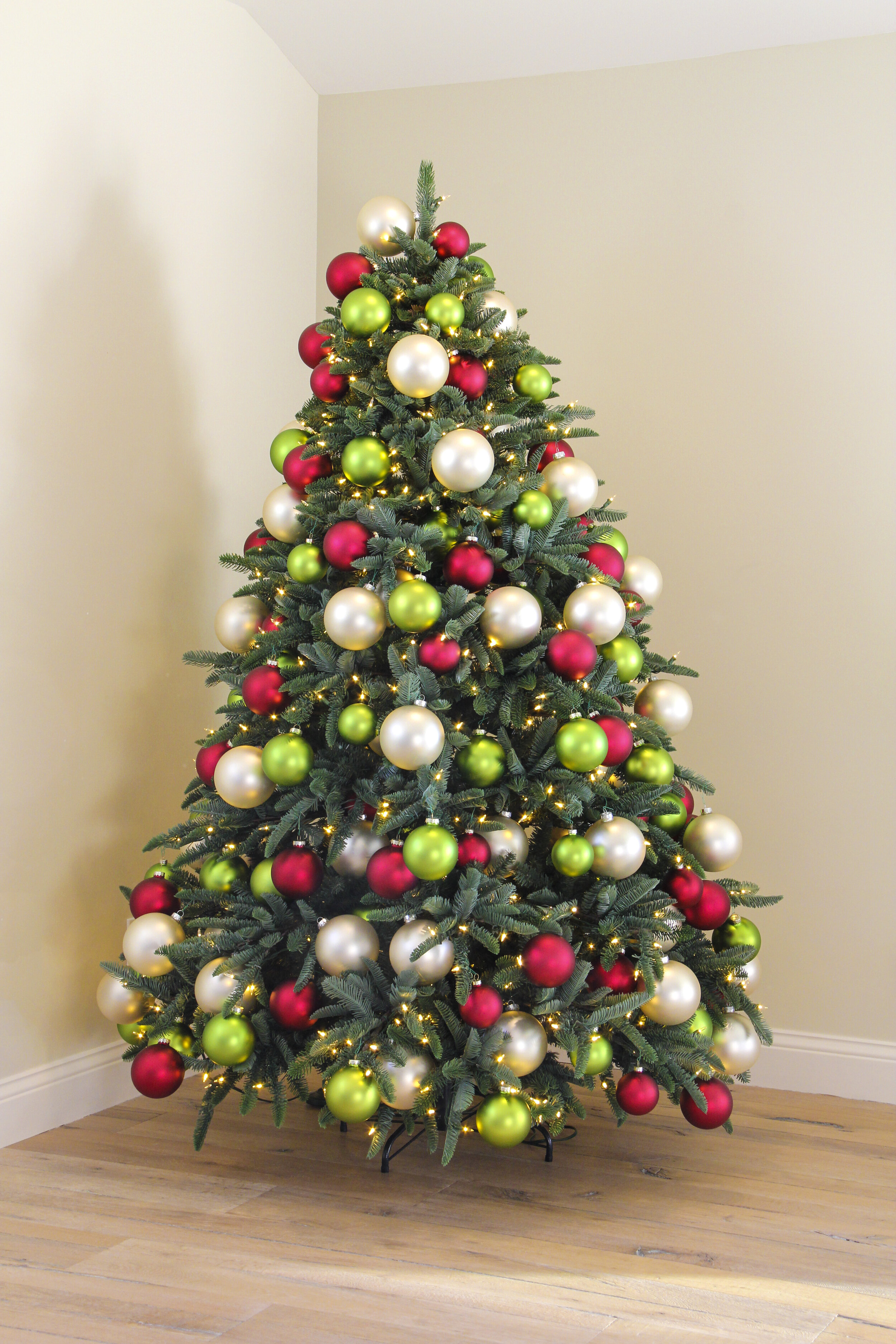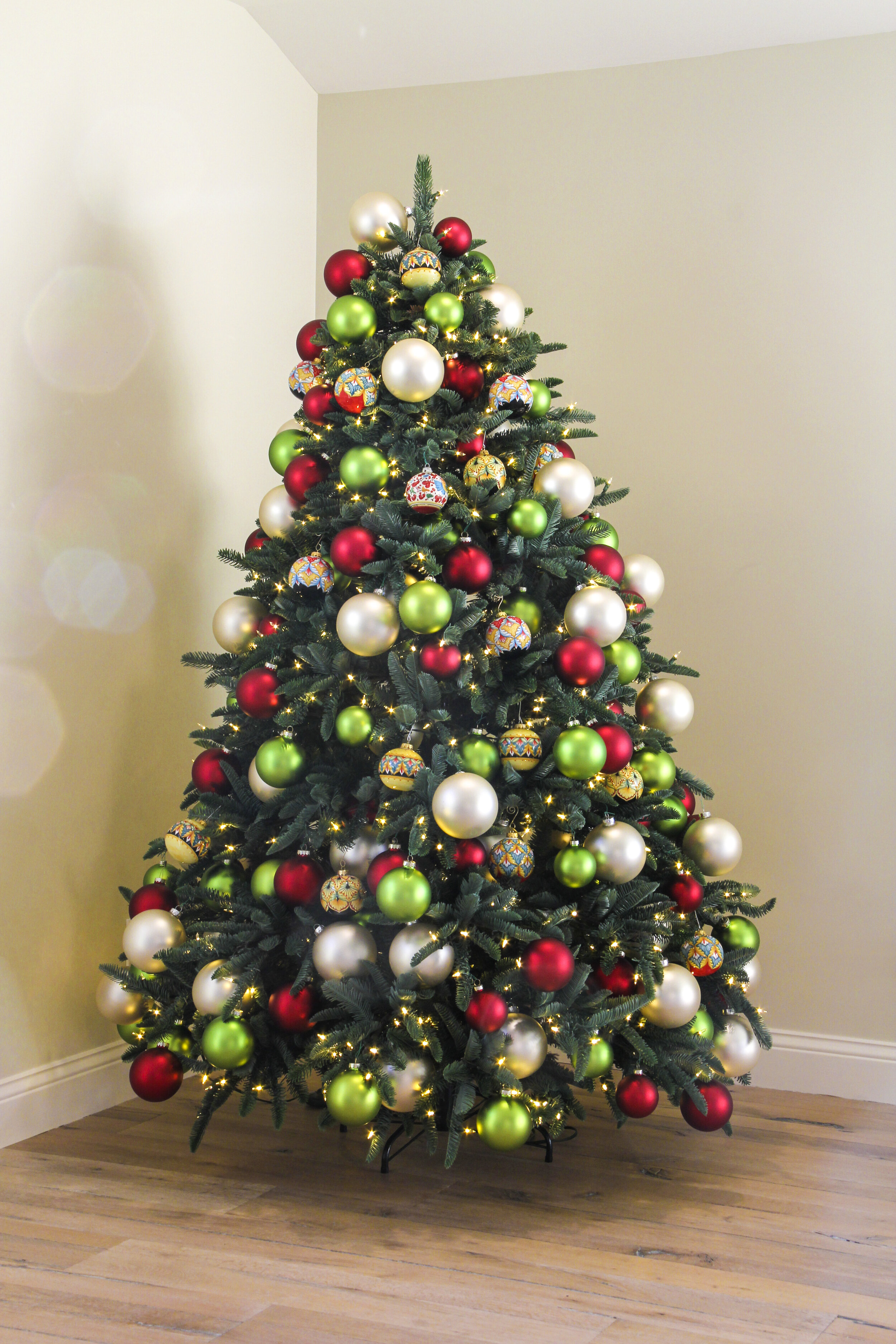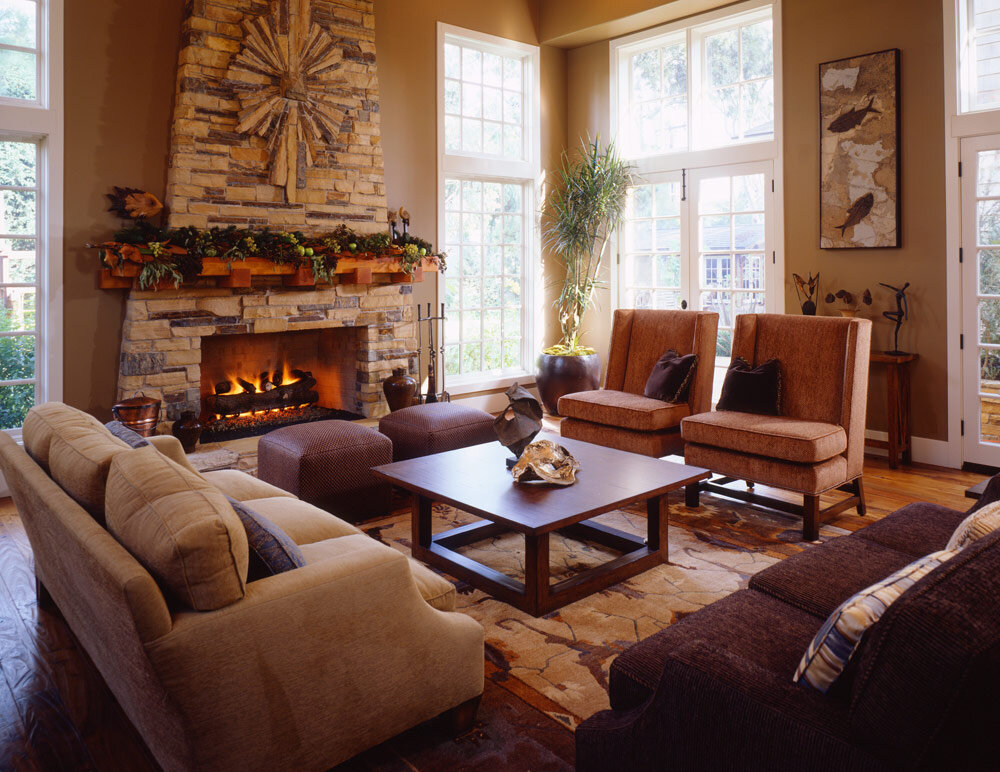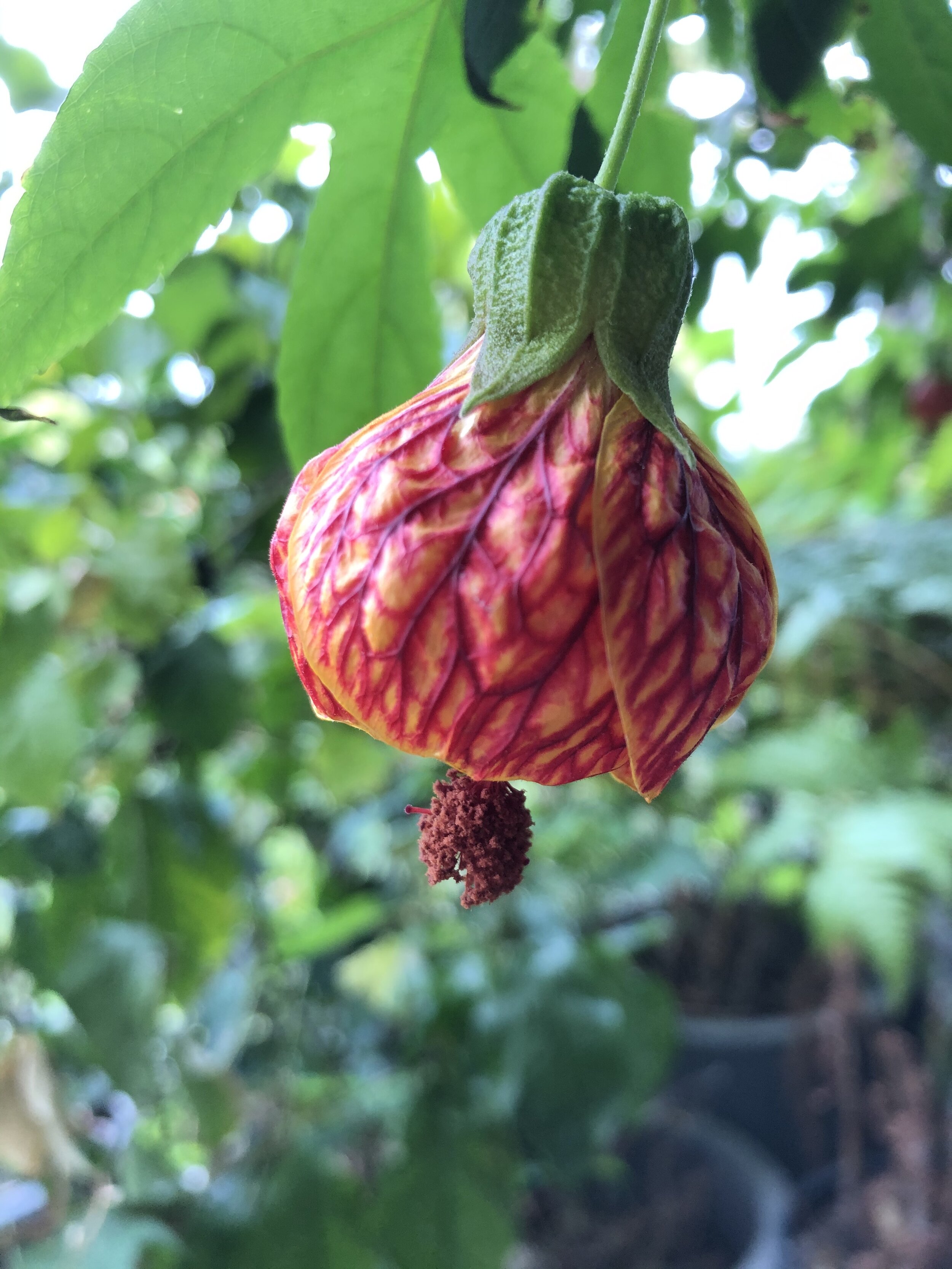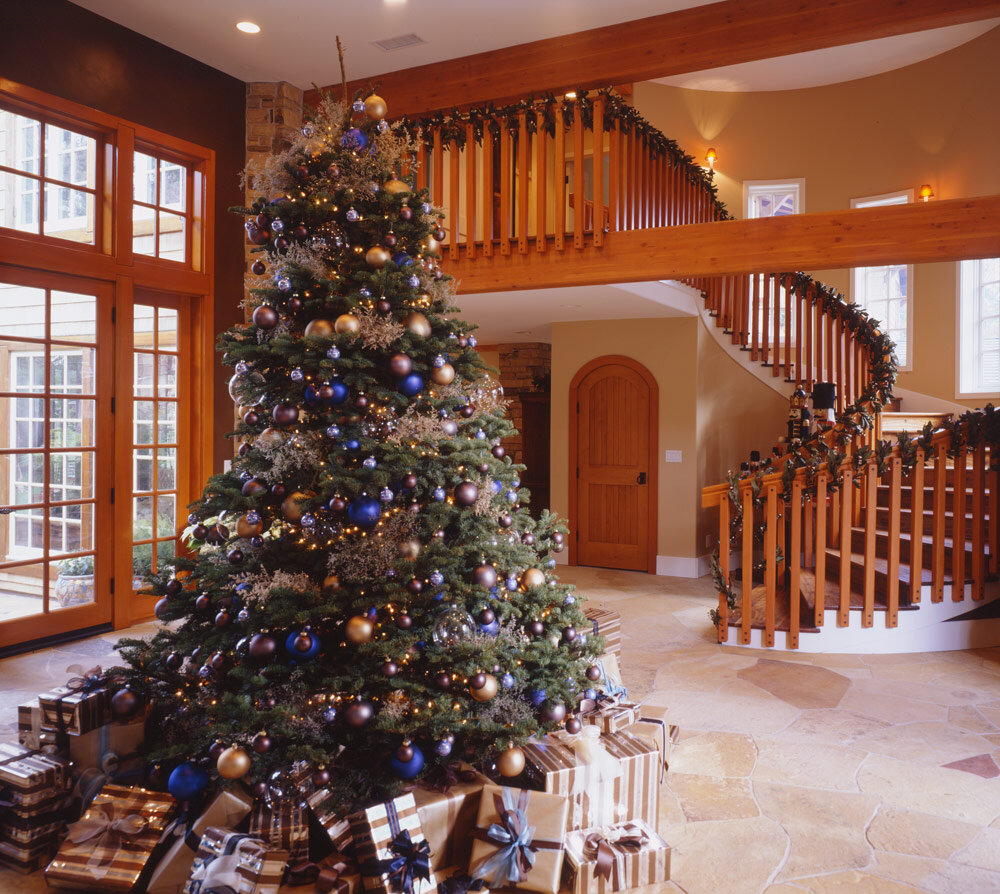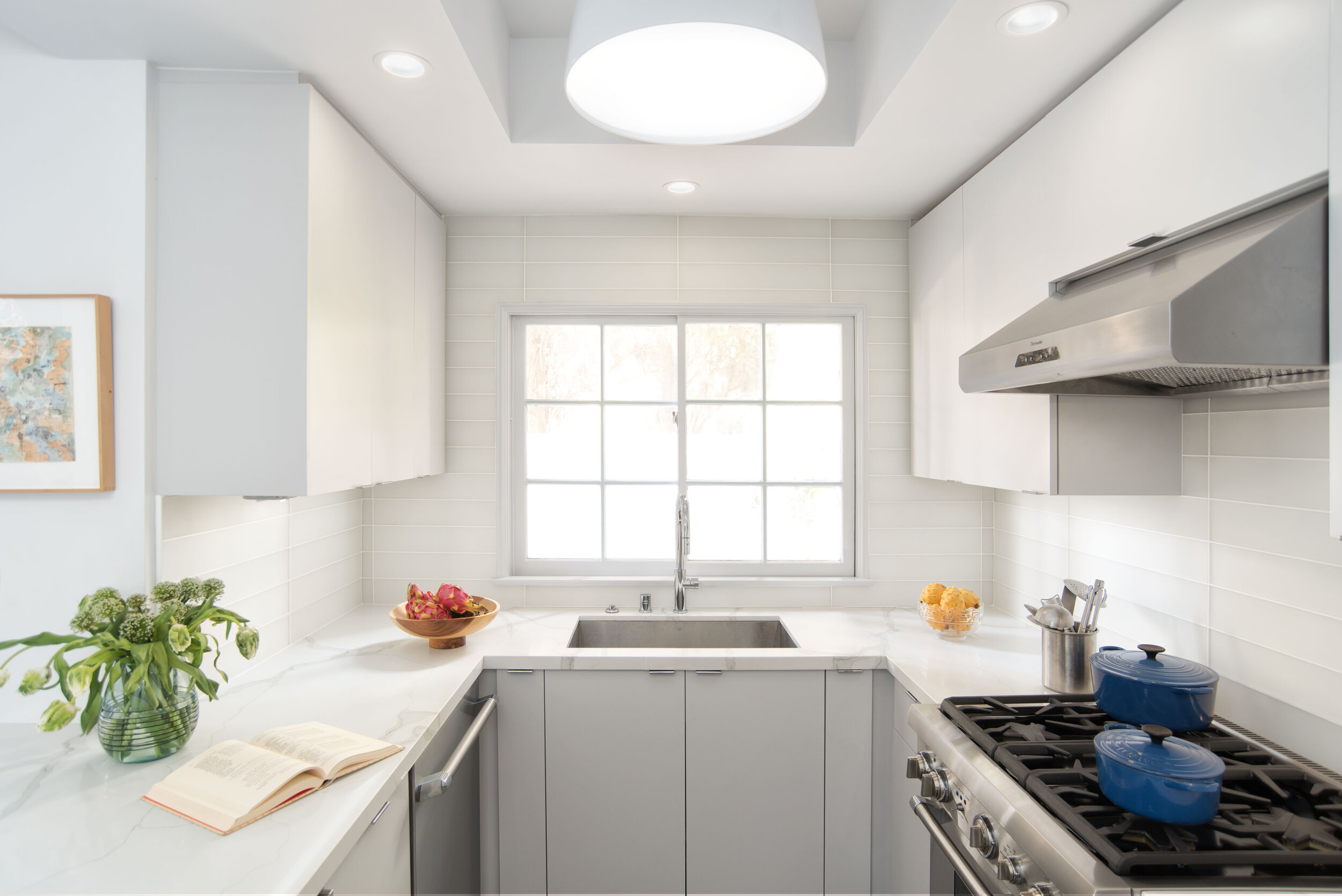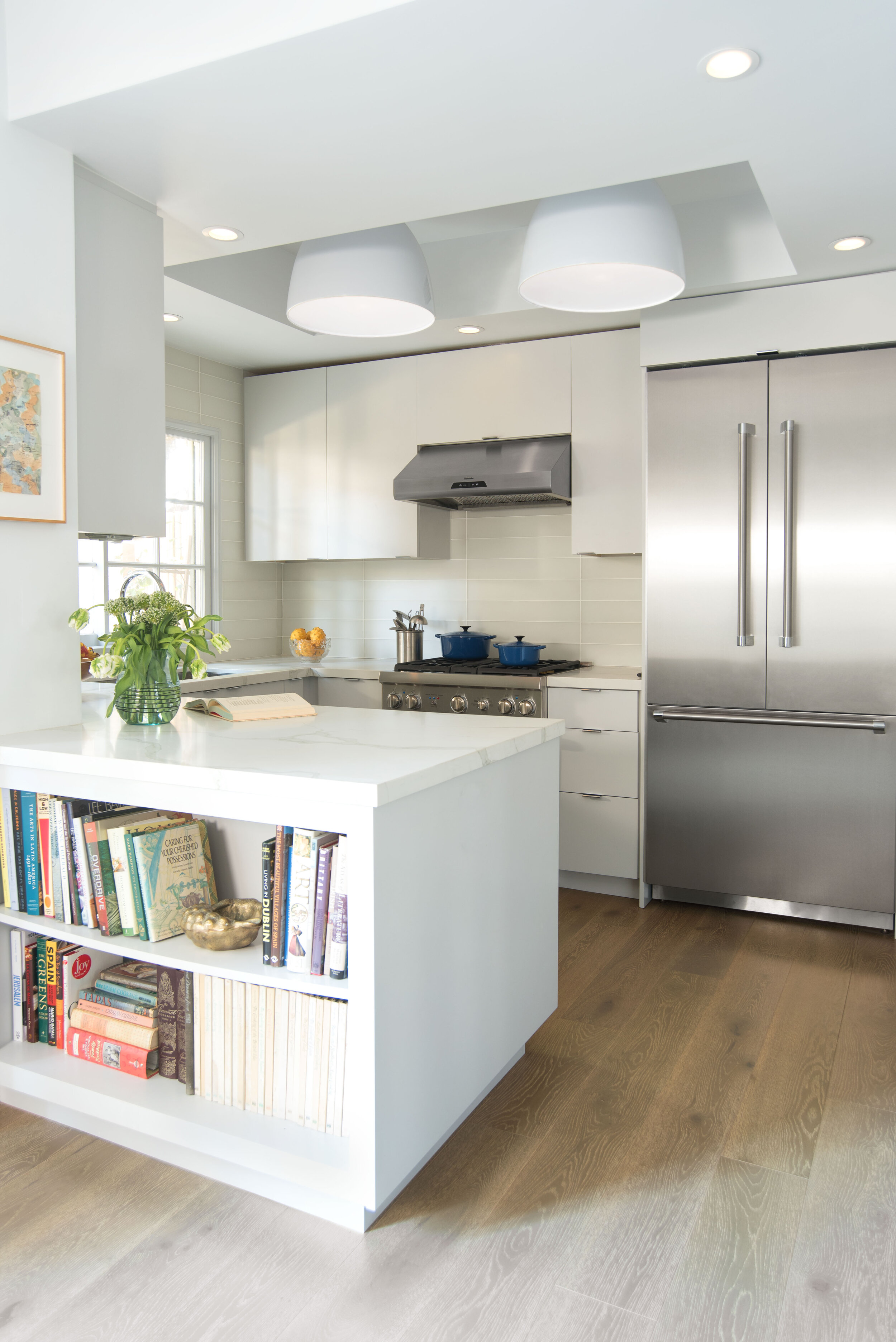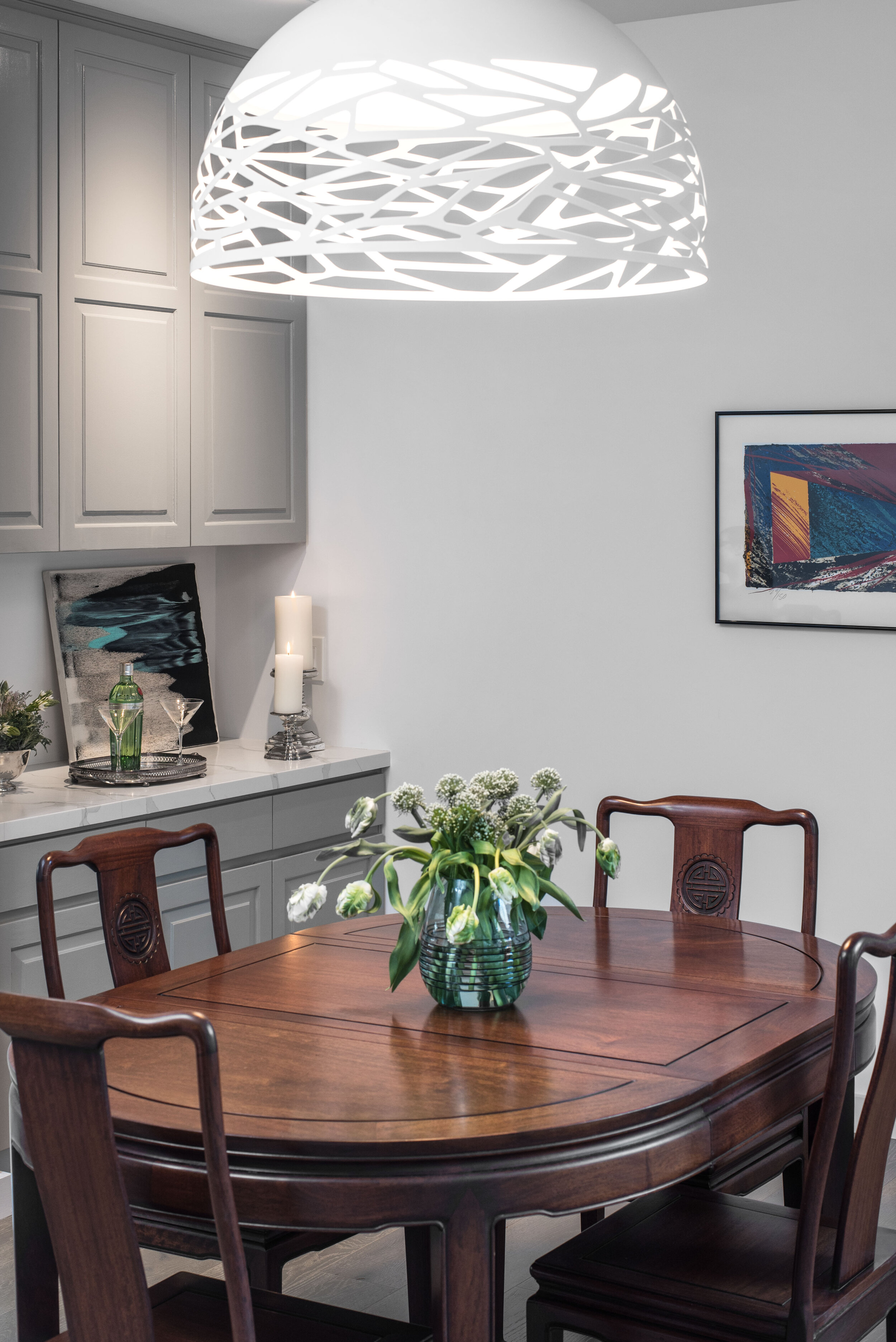There's No Place Like a Healthy Home for the Holidays
/This year is already coming to a close, so that means the holidays are just around the corner! This year has been a challenging one, so let’s spread some holiday cheer by following some simple, yet meaningful home design ideas to brighten up the holidays.
Reconsidered Rituals
Part of having a healthy, happy home is creating family traditions. An easy practice anyone can start implementing is home decorating for the holidays. No matter what your family celebrates, it is fun getting into the winter spirit! Decorating can be anything from fashioning a homemade wreath for your front door to making your own candles for your menorah. Many of us are celebrating the holiday season differently than we have in the past, creating an opportunity to incorporate new traditions. Exchanging ornaments and a handwritten note is a special way to connect with loved ones you may not be able to see in person this year. This simple act may help you feel closer to family far away!
Reuse, Recycle, Rejoice
Fabricating handmade winter decorations is a great activity for your entire family! A fun and simple idea is to string together your own felt garland. Felt balls can be found in nearly any color imaginable to match your family’s needs. So whether you want red, green, and black for Kwanzaa or blue and white for Hanukkah, the options are endless! Felt garland is not only pretty to look at, but is made from wool, an inherently renewable and recyclable material. We like sourcing wool from small sustainable farms where the sheep are treated like family.
Choosing decorations inspired by things you love all year round will help your decor seem more personal to your family. If you're a bird lover, use this as a starting point when decorating. Look to local artists or online shops who make bespoke decorations that fit the holiday theme of your choice.
If your family celebrates Hanukah, you may want to opt for beeswax candles for your menorah since they don't produce any toxic chemicals or soot. Or if you’d rather use a vegan alternative, there are now organic vegetable wax candles made specifically for menorah’s!
The Serotonin Schedule
Decorating for the holidays early may alleviate stress and anxiety. According to Business Insider, psychologists have found that those who decorate early are much happier because it helps you tap into the holiday excitement before everyone else and leaves you feeling less stressed come Christmas time. Additionally, you can use this time of year as an opportunity to slow down, tend to your home mindfully, and take that time to appreciate and enjoy your home design. Take stock of what you have, and cull any items for donations that no longer serve you. Connecting with and expressing gratitude for your home is a great first step of decorating that may be a grounding and mood-boosting experience.
The Indoor Forest
Biophilic design goes hand in hand with holiday home decor. Biophilia is our innate desire to be close to nature–and biophilic design aims to make healthy and comfortable interiors by meaningfully incorporating natural elements into our home design and work environments. A large component of holiday home decor is foliage. Greenery can be anything from a leafy garland on your mantle to mistletoe in your hallway. This holiday season, try decorating your home in more natural elements such as pinecones, nuts, and branches. If you live near a woody area you can forage for these items yourself, or if that isn’t an option for you, look to your local farmer’s market or nursery for help. Your house will feel like an organic winter wonderland full of crisp natural scents and foliage that's unique to your home.
Your incorporation of nature doesn't have to stop once the holidays are over - you can enjoy the benefits of biophilic home design all year round! Kale Tree Shop, founded by Sarah Barnard Design, is a great resource for nature inspired home goods. Each product takes inspiration from the natural world, ranging from abutilon wallpaper to ginkgo leaf wall sconces to upholstered chairs influenced by the silhouette of a great dane. Biophilic home design elements can bring joy and warmth to your home, no matter the season!
The Holiday Hormone Connection
Decorating for the holidays is not only fun, it can contribute to spikes in your dopamine levels, which is a hormone that boosts feelings of pleasure. One factor that leads to these enjoyable feelings are the bright lights and colors. Chromotherapy increases happiness and boosts your energy levels. Another prominent factor at play are all the cozy scents that come from Christmas trees, eucalyptus and pine scented candles, and homemade treats. So this year you may feel extra gratification when putting out holiday décor knowing that there may be real health benefits!
As you begin to prepare for the holidays, remember the importance of creating traditions with your family. Although the holidays may not be quite the same this year, surrounding yourself with winter décor that you thoughtfully sourced, may bring you some needed joy this season. So remember, think handmade, look to nature, and surround yourself with home design elements that make you happy, and you’ll have a beautiful winter wonderland right at home.
The Sarah Barnard Design family wishes you all the warmth and happiness!
Sarah Barnard is a WELL and LEED accredited designer and creator of environments that support mental, physical and emotional wellbeing. She creates highly personalized, restorative spaces that are deeply connected to art and the preservation of the environment. An advocate for consciousness, inclusivity, and compassion in the creative process, Sarah’s work has been recognized by Architectural Digest, Elle Décor, Real Simple, HGTV and many other publications. In 2017 Sarah was recognized as a “Ones to Watch” Scholar by the American Society of Interior Designers (ASID).



